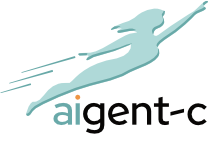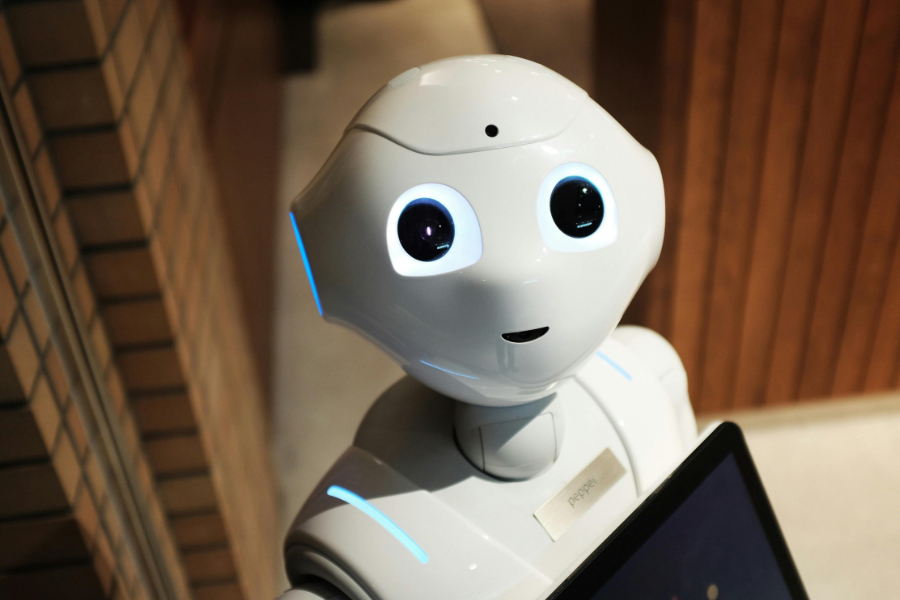We’ve spent decades talking about “automation.” Streamlining processes. Replacing manual work. Optimizing output. But something more interesting is happening now—quieter, messier, and potentially far more transformative.
AI isn’t just automating tasks anymore. It’s becoming a new kind of workforce.
That’s the core thesis of The AI Labor Playbook by Dr. Jules White—and it’s one that’s starting to shift how forward-thinking organizations think about AI. Not as a shiny feature. Not as a bolt-on productivity boost. But as labor. Actual labor. Programmable, scalable, cognitive labor. And if that sounds abstract, let’s make it real.
The Labor-to-Token economy
Every time you prompt ChatGPT or Claude to write a summary, generate code, or simulate a customer conversation, you’re not just “using a tool.” You’re hiring a worker. One paid in tokens, not dollars. These tokens represent the new unit of work—tiny fragments of language and logic traded for tasks that, until recently, were the sole domain of human cognition.
Want three marketing concepts by lunch? A research summary in 30 seconds? SQL queries translated from natural language? That’s all labor. AI labor.
But this only works if organizations treat it that way.
Stop buying tools. Start leading a workforce.
Many companies are still stuck in procurement mode—shopping for the best AI vendor, embedding features into every product, and racking up subscription costs with little to show for it. The issue isn’t the tech. It’s the mindset.
You wouldn’t hire dozens of employees without training or leadership. So why treat AI labor any differently?
The real unlock comes when teams are trained to lead AI labor—knowing how to assign tasks, supervise results, and spot high-leverage use cases. And leadership here doesn’t just mean technical fluency. It means strategic clarity. It means curiosity. It means knowing when to ask better questions and how to turn natural language into executable insight.
AI labor Is cheap. That’s not always a good thing.
One of the paradoxes of AI labor is that it’s so fast and affordable, it’s tempting to centralize it—build a tiger team of “AI people” and let them run wild. But the biggest gains come from distributing that capacity. Giving every employee—not just data scientists or senior execs—the ability to engage with AI labor in their daily flow.
It’s not about replacing people. It’s about giving everyone access to a new collaborator. A very fast, very literal, slightly weird intern who needs clear direction and strong editing.
And that shift requires culture change, not just code changes.
From prompt to action
At its best, AI labor doesn’t stop at analysis. It drives action. A good prompt can generate code, query a database, route a ticket, or update a dashboard—closing the loop between insight and execution.
But only if your systems are ready for it. Many enterprise architectures still trap AI behind chat windows, siloed tools, or clunky integrations. To scale AI labor, organizations need infrastructure that lets models reason, act, and communicate with existing systems fluidly. Not as gimmicks, but as real workers.
The human role isn’t going anywhere
Here’s the punchline: AI labor still needs human oversight. Prompts need crafting. Results need verifying. Ethical judgments, strategic goals, cultural context—all still human territory. The future of work isn’t a robot uprising. It’s a shift in how work happens, and who (or what) helps make it happen.
So, if AI is labor, the job of leadership is evolving too. Not to manage people out of the picture, but to guide new forms of collaboration. The companies that get this will scale faster, think bolder, and move with more agility—not because they “adopted AI,” but because they learned to lead it.

